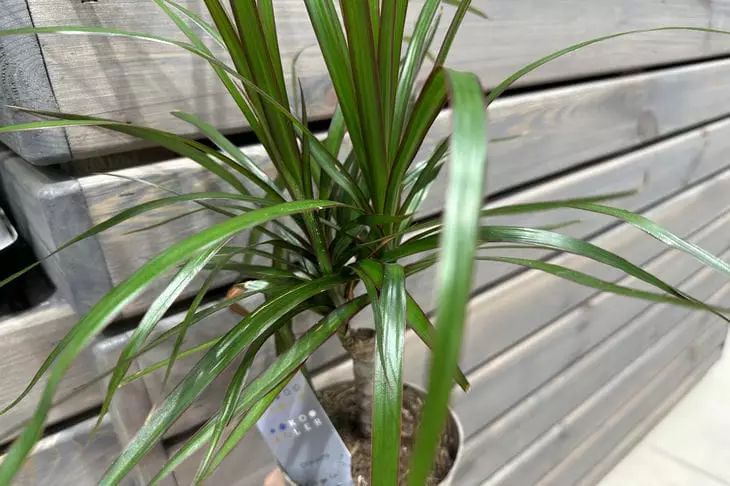How Often to Water Houseplants and How to Know if They Are Getting Enough Water
The first sign of underwatering is wilting of leaves.
Lack of moisture will make the leaves soft, yellowish and drooping, and the edges will begin to curl.
At the same time, the first sign of overwatering in most indoor plants is brown leaf tips.
Plants should be watered when the soil reaches a certain moisture level for each species.
The frequency of watering depends largely on the size, age, type of plant, as well as the size of the pot, type of soil and amount of light.

To avoid over- or under-watering, you need to be able to correctly determine the soil moisture.
Overwatering means that the soil has remained wet for a long time, in which case the plants are watered more often than they need.
In this case, some of the water must leave the soil so that the roots can get the air they need.
How to check soil moisture
For this purpose, you can use probes, feel the soil with your finger, or determine the weight of the pot.
As a moisture meter, you can use a bamboo skewer, a chopstick, or a thin pencil, which is inserted into the soil to the bottom of the pot.
If you use your fingers, you will only be able to feel the top layer of soil to check its moisture content.
After watering the plant, lift the pot immediately to redistribute its weight. A lighter pot will indicate that the soil is dry and needs watering.
